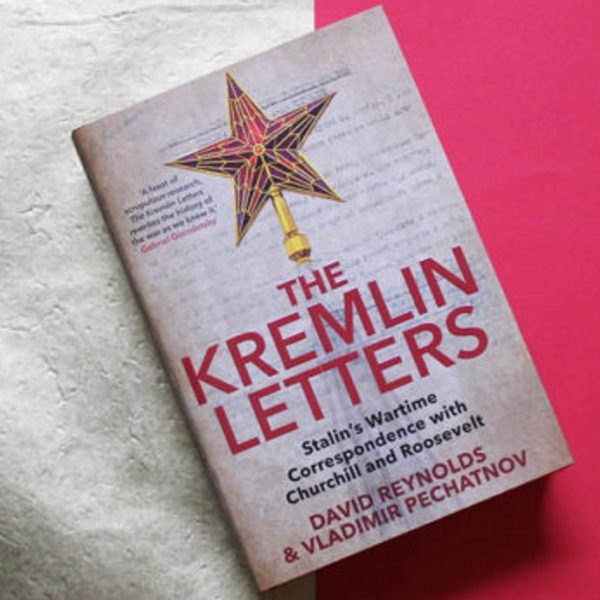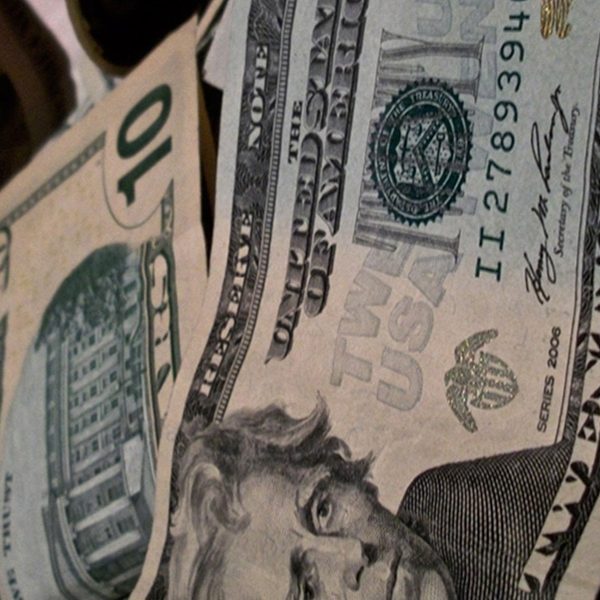Presidents and Their Mid-Term Elections
Dorothy Rabinowitz’s op-ed in yesterday’s Wall Street Journal, titled “Why Obama is No Roosevelt” comes from the comparisons made to FDR that have followed President Obama since the run-up to the 2008 election. In September 2010, The National Bureau of Economic Research declared that the recession was over in June 2009, so do the comparisons still hold?
The New York Times has plenty of stats from yesterday’s elections on their homepage today, but let’s go back in American History and take a closer look at the mid-term election shifts right around the Great Depression. In the same breath, Obama comparisons go back and forth between FDR and his predecessor, Herbert Hoover.
This info on the House comes from the Office of the Clerk of the US House of Reps.
Hoover’s First Congress: 71st Congress (1929 – 1931): 270 Republicans, 164 Democrats, 1 Farmer-Labor
Hoover’s Second Congress: 72nd Congress (1931 – 1933): 218 Republicans, 216 Democrats, 1 Farmer-Labor
FDR’s First Congress: 73rd Congress (1933 – 1935): 313 Democrats, 117 Republicans, 5 Farmer-Labor
FDR’s Second Congress: 74th Congress (1935 – 1937): 322 Democrats, 103 Republicans, 7 Progressives, 3 Farmer-Labor
Compare this with the current 111th Congress where 255 Democrats and 178 Republicans are seated in the House, and the projected gain of 60 seats for Republicans, a larger gain than the 1994 mid-term that reversed Democrat dominance of the House. Obviously, an exact repeat performance of history is hard to envision—we are certainly a different nation, living in different times, but how the changes will play out in the 112th congress, with Republicans gaining a number of seats in the Senate, remains to be seen.



